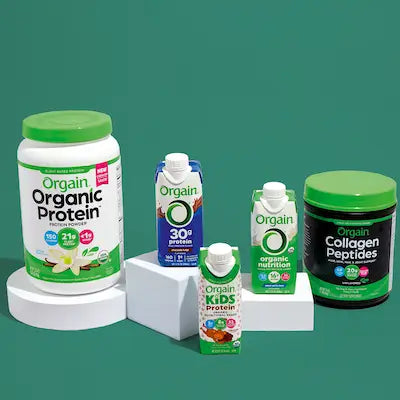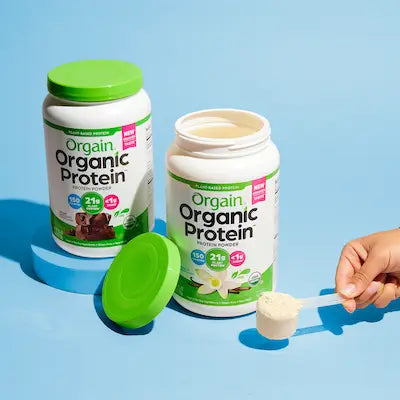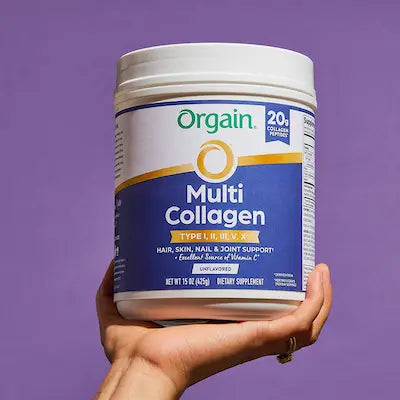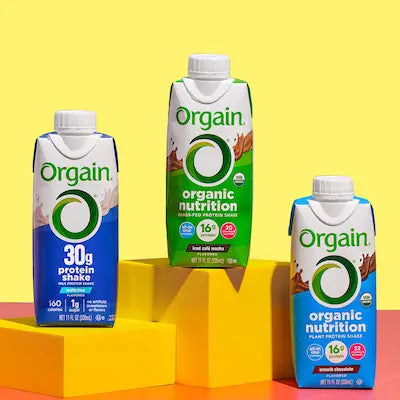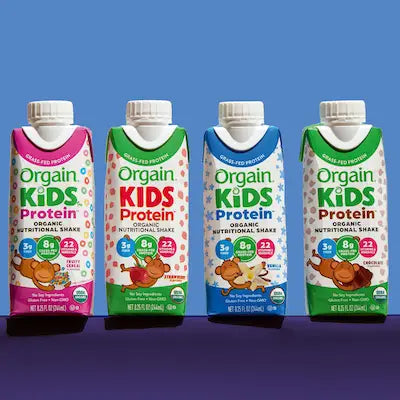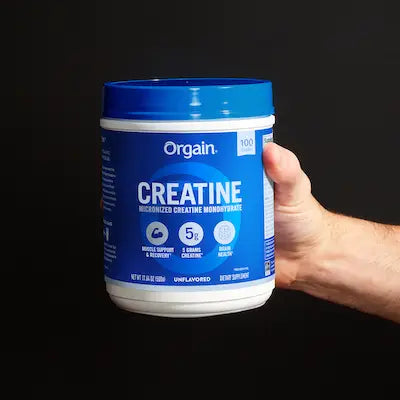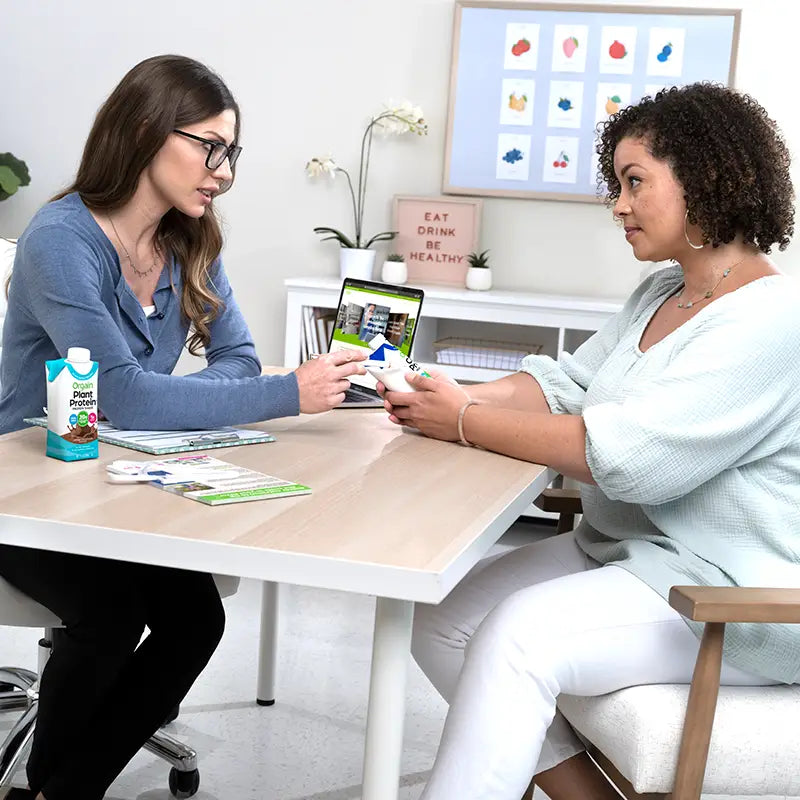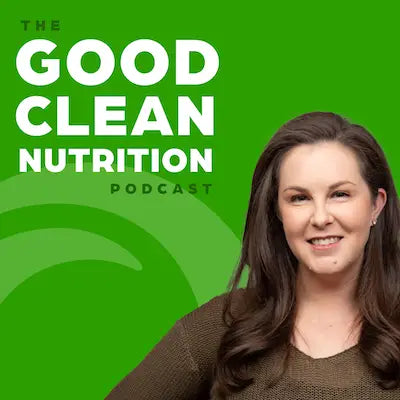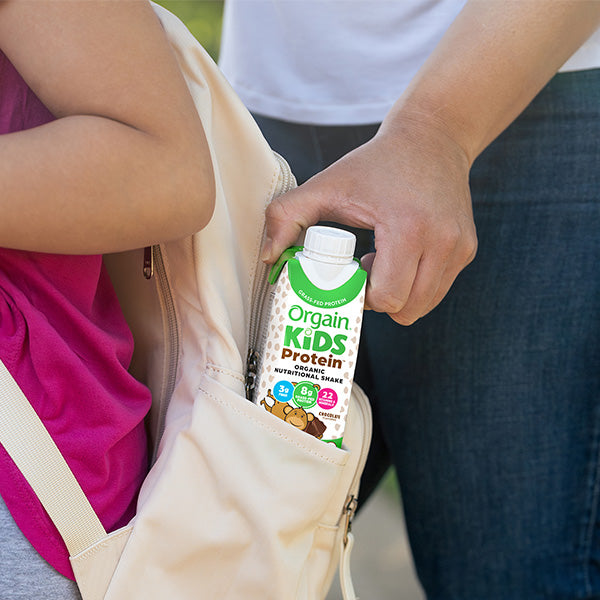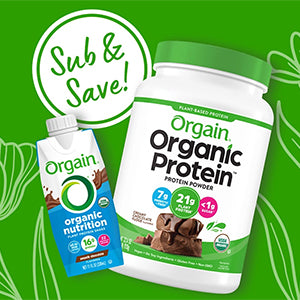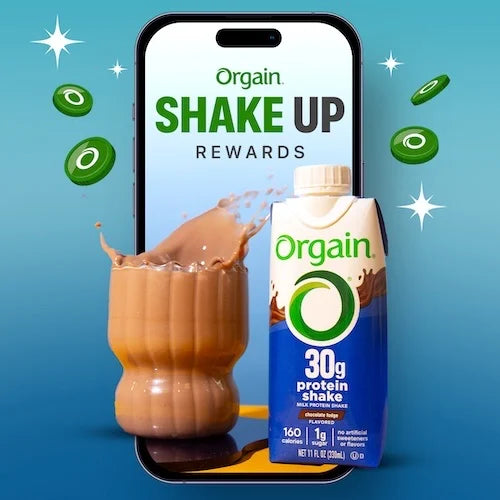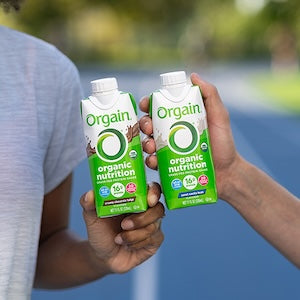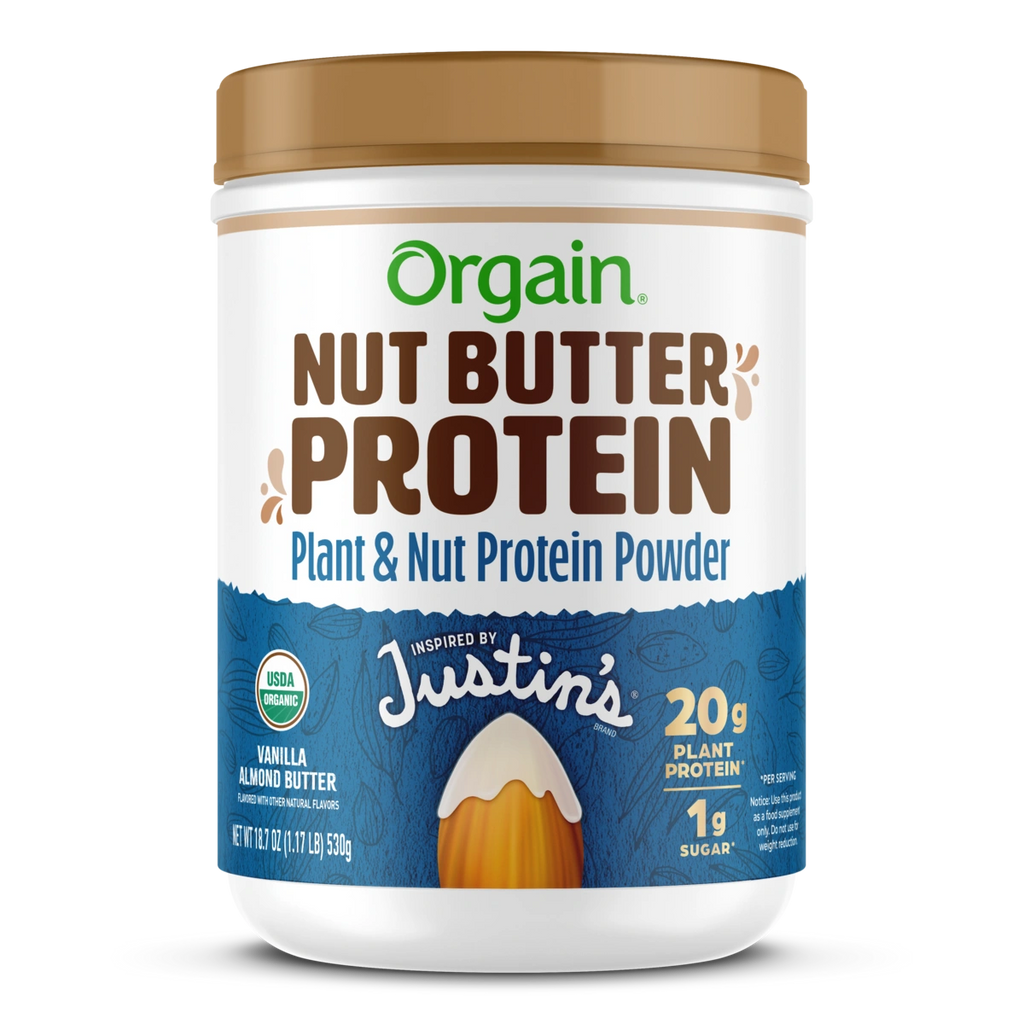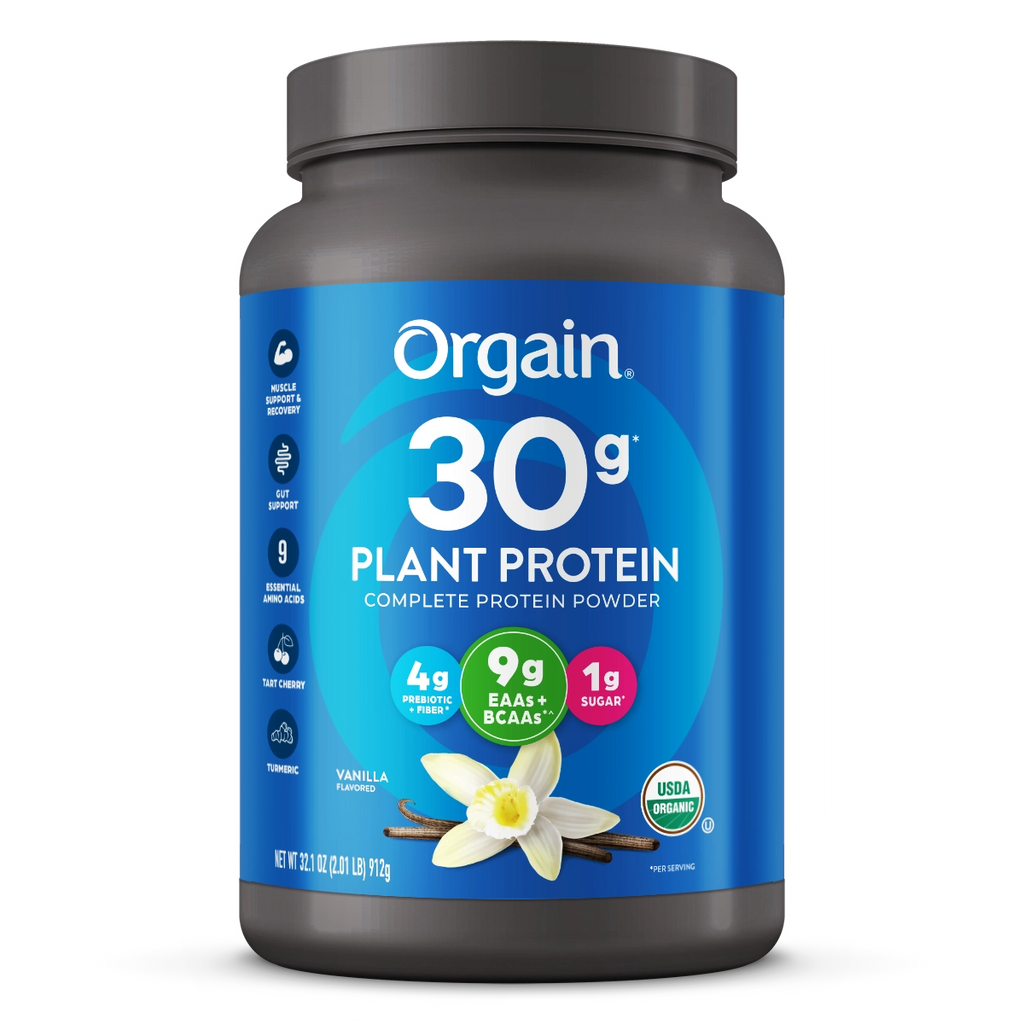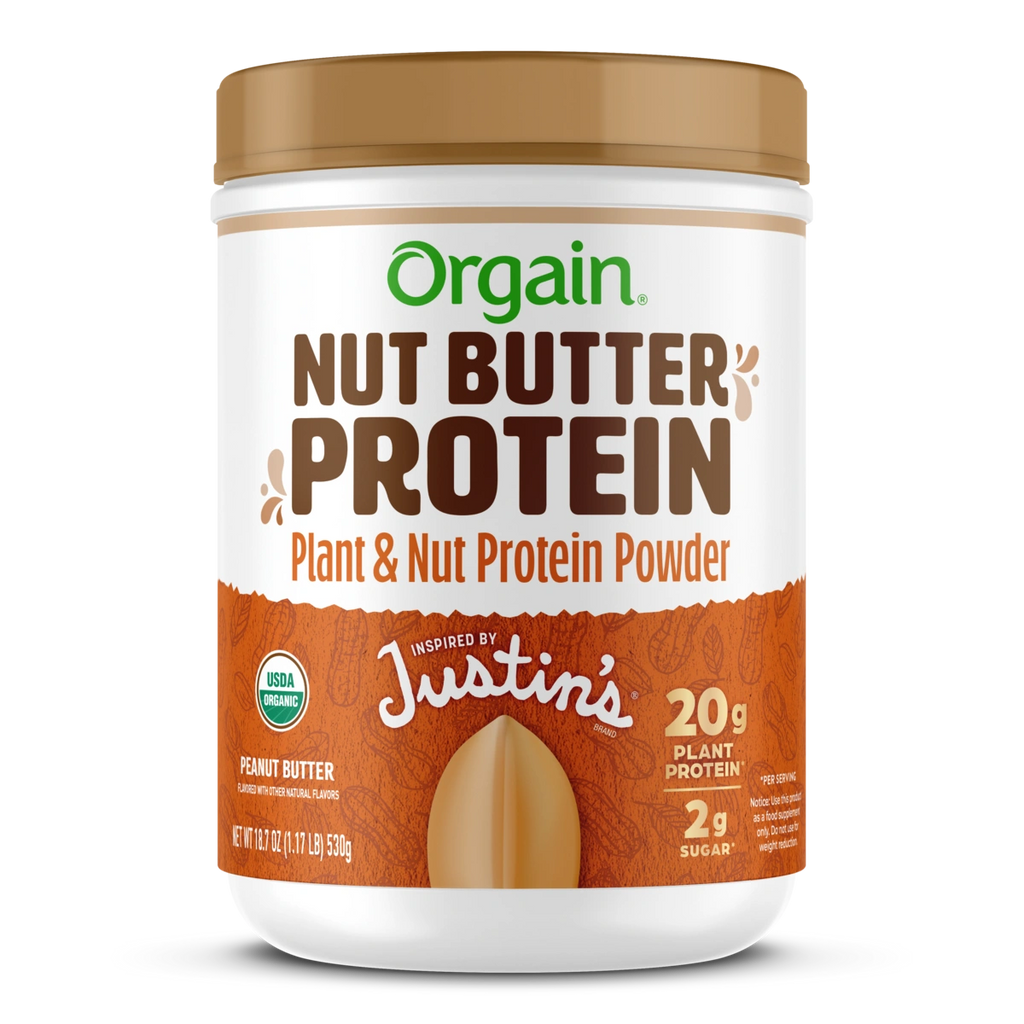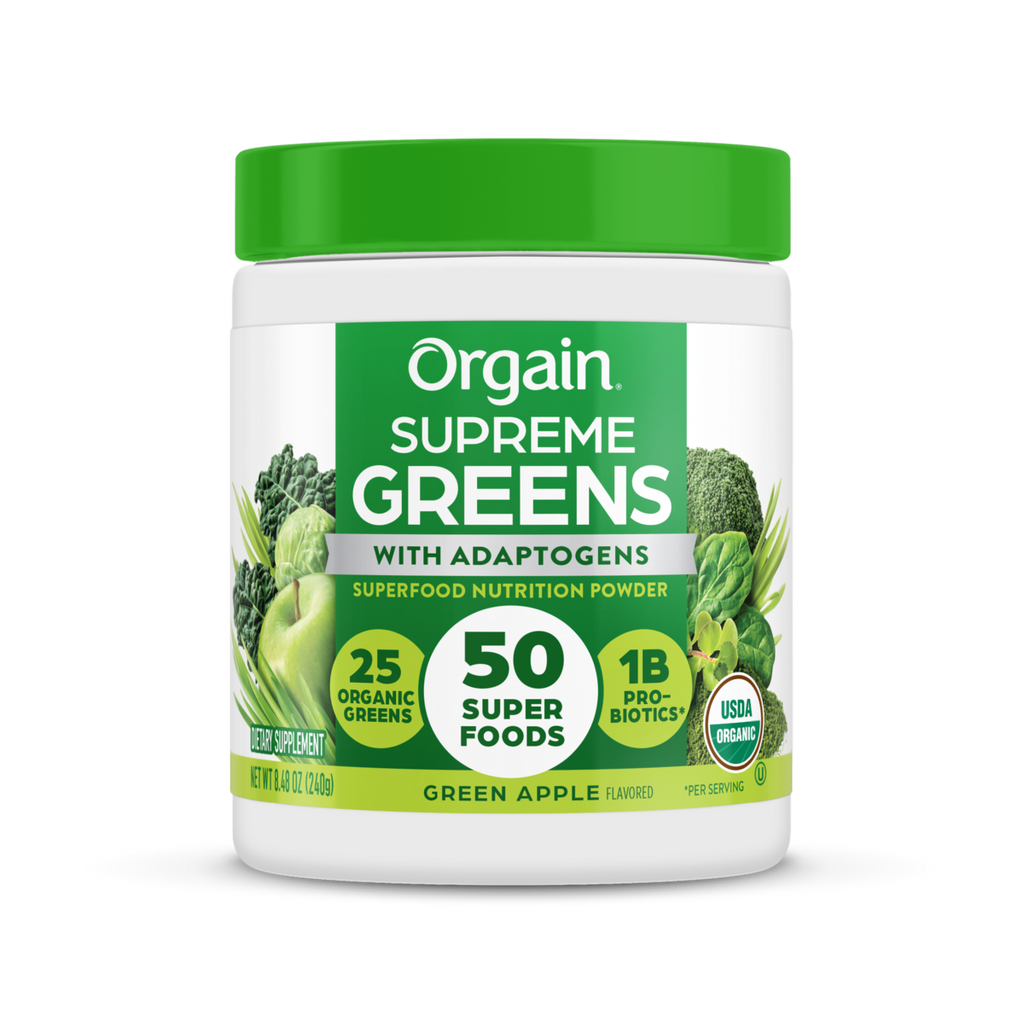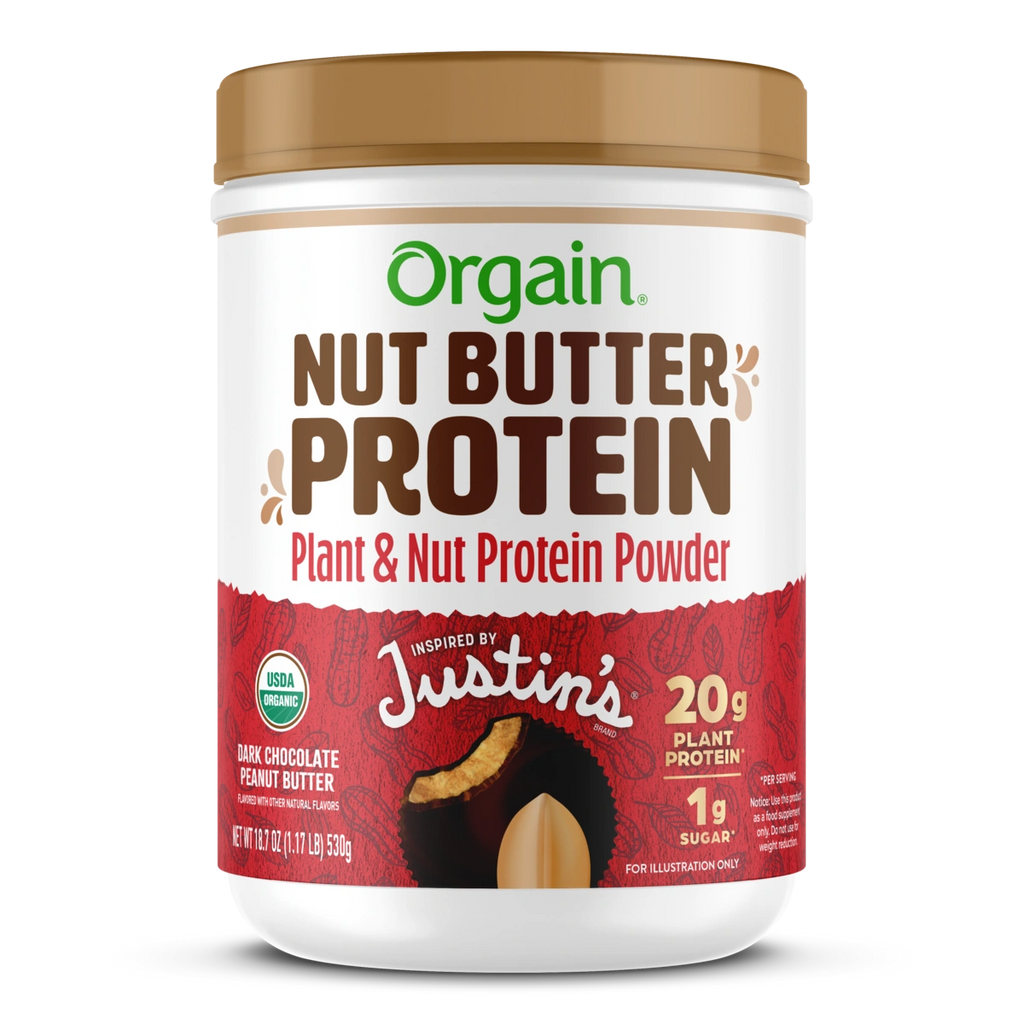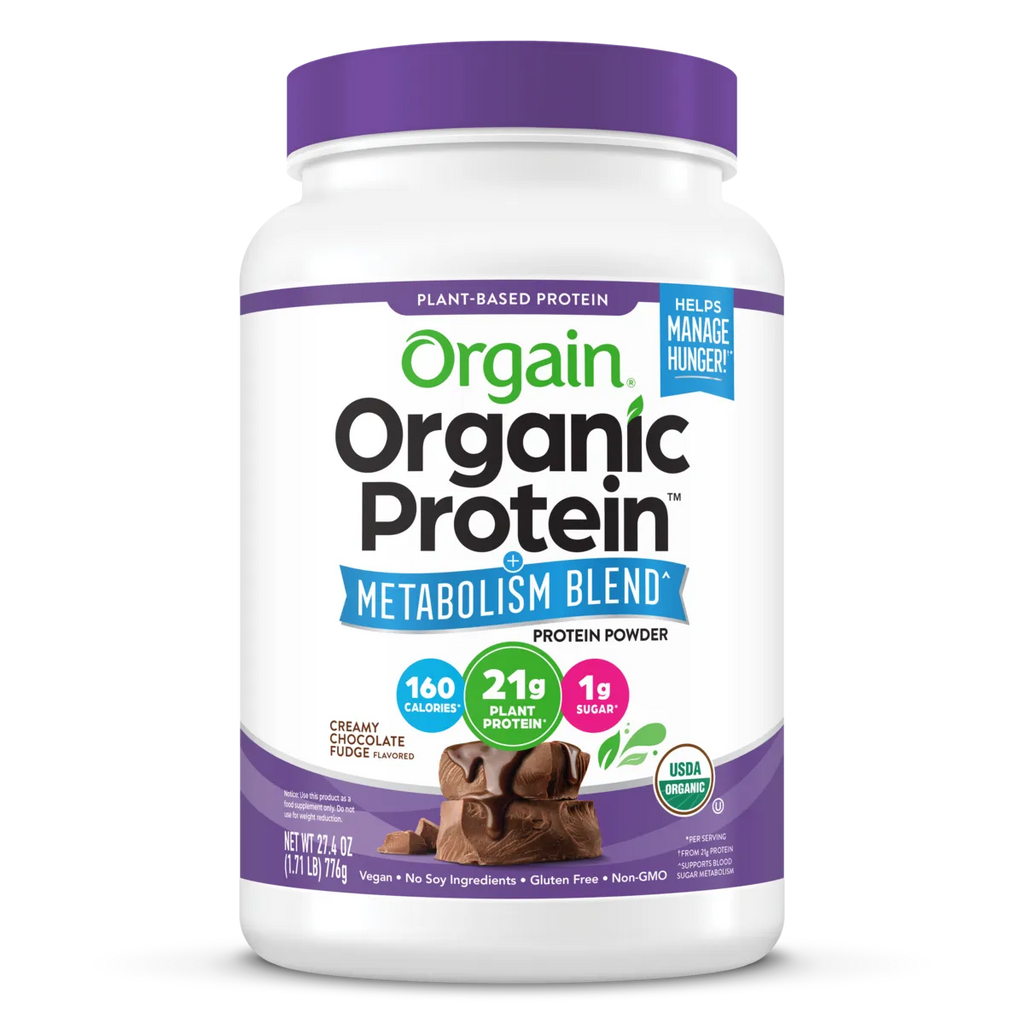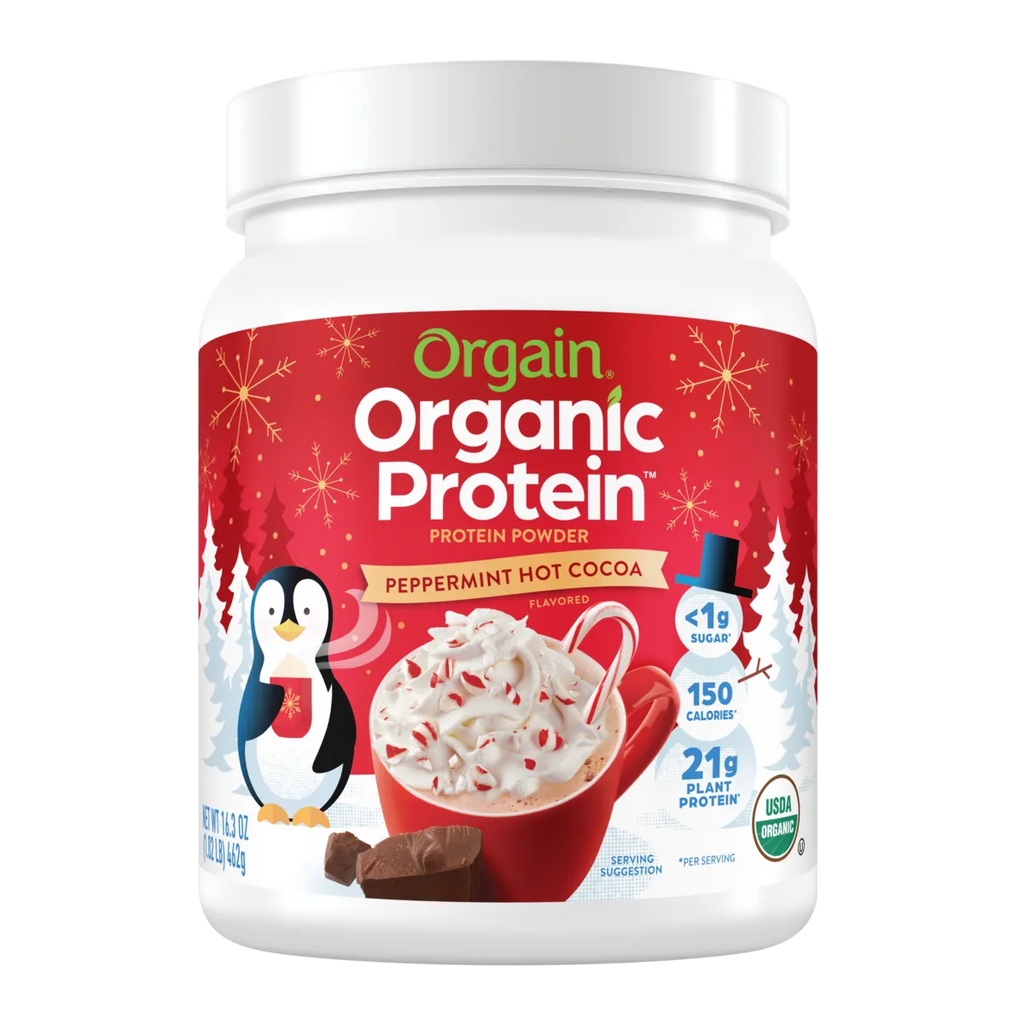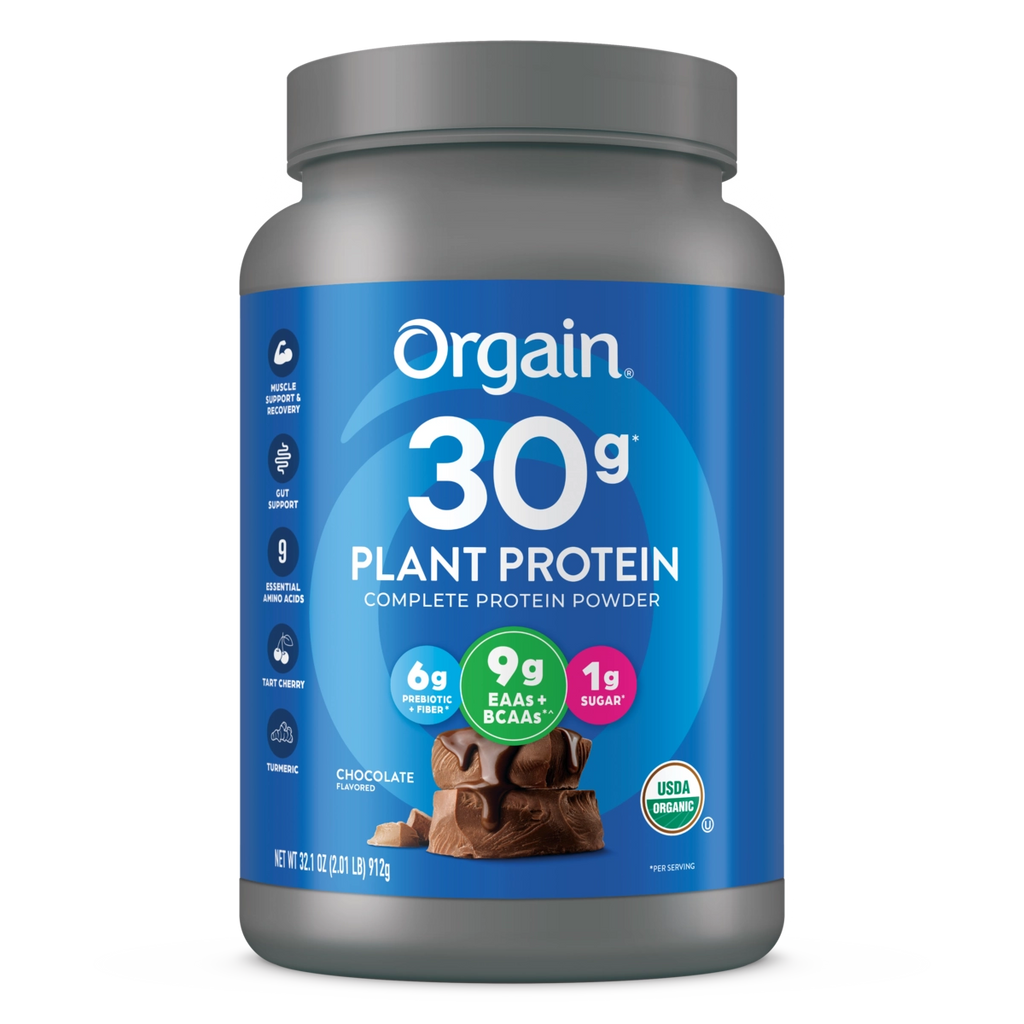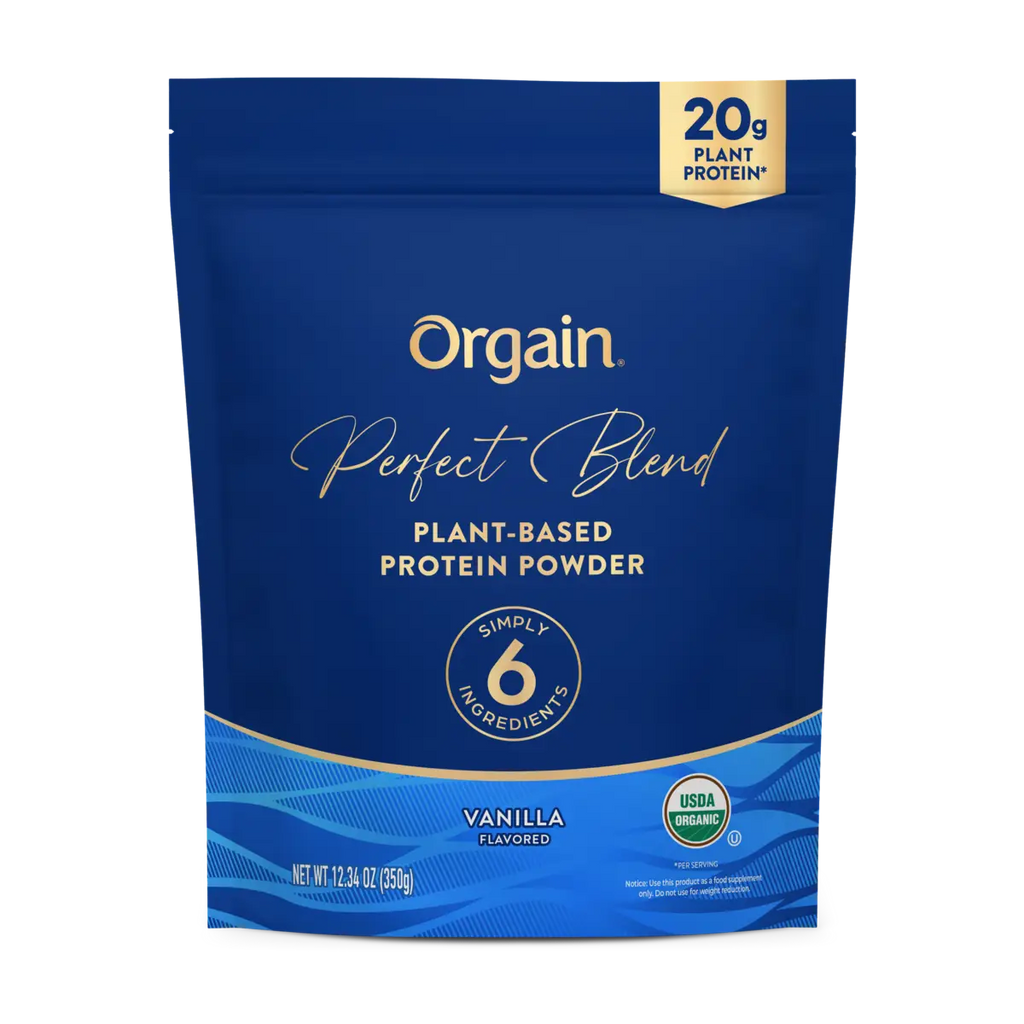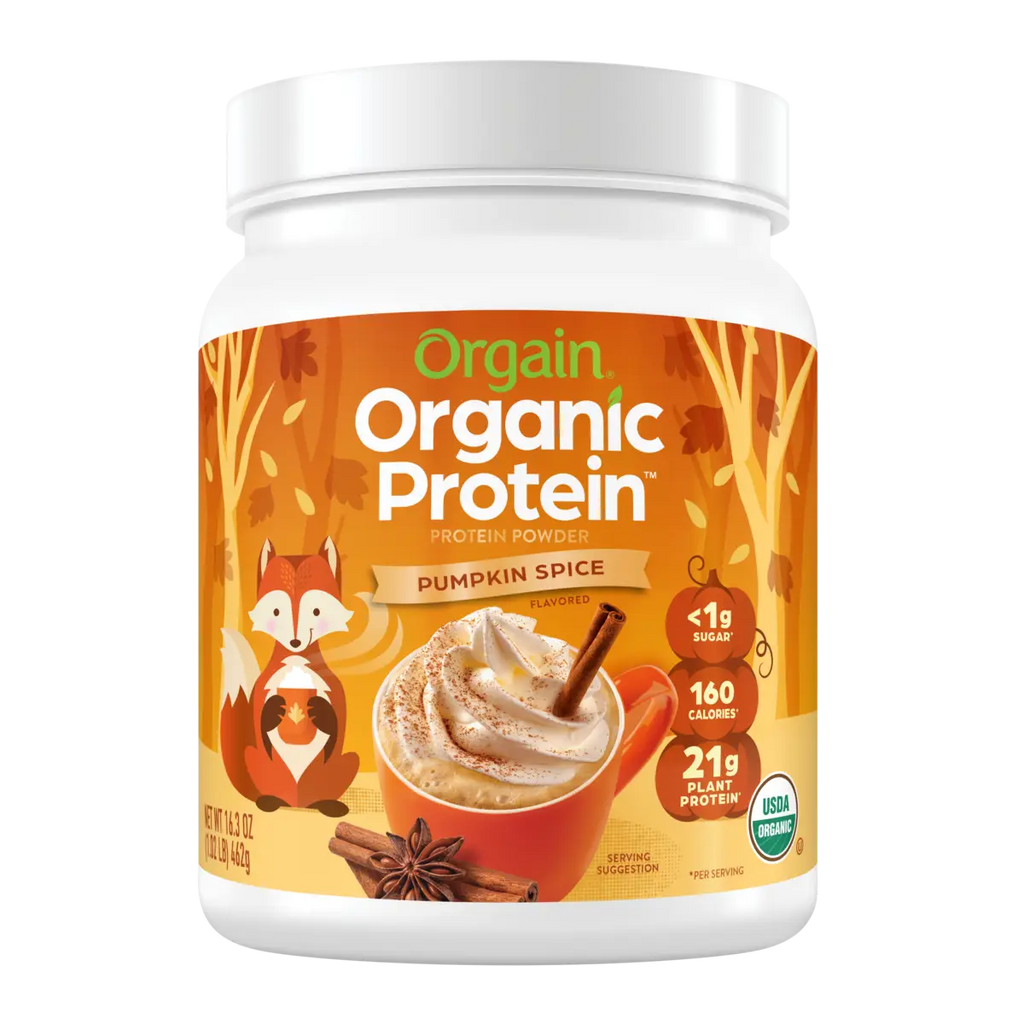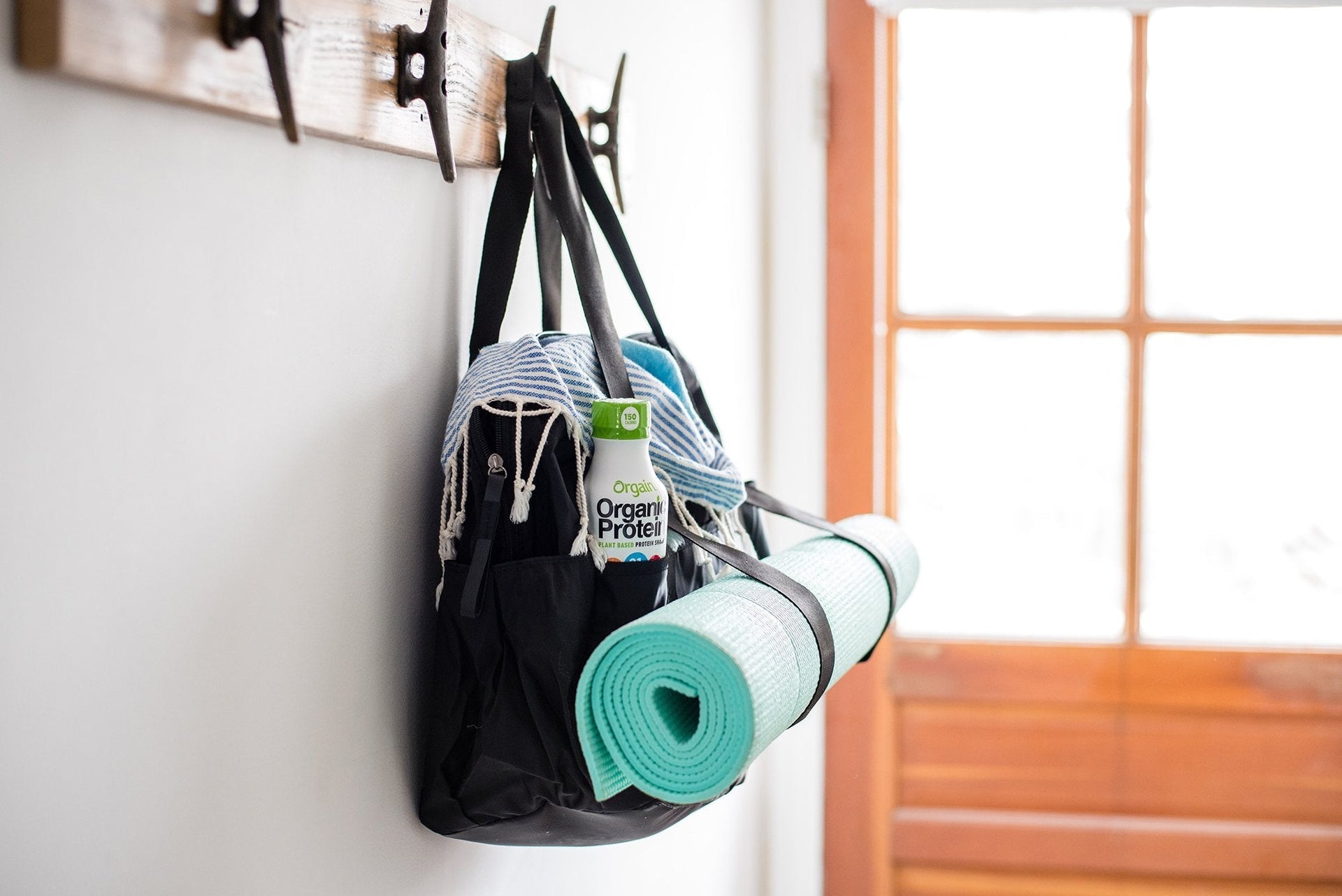By: Melanie Potock, MA, CCC-SLP
When you love a child who happens to be a picky eater, their nutritional health is always on your mind. Will they eat enough today? Will they get enough protein so they can pay attention at school and have enough energy for sports and other after school activities? What’s a parent to do?
Whether you’d like your child to eat more protein, vegetables or another nutritious food, always follow the three E’s: Expose, Explore, Expand!
Here are 3 easy tips to help your picky eater get more protein, so they can thrive throughout the day and you don’t have to worry:
- Expose your child to high protein foods like beans, chicken, peas or nut and seed butters. Bring kids into the kitchen to help pack snacks for sports and activities where they’ll need a boost of energy. Provide a few protein-rich options for them to choose from and one familiar food, encouraging your child to always pack at least two foods. At first, they’re likely to eat just the familiar food. But, with consistent exposure, you’ll begin to see the change you’ve hoped for in your child. Try a small container with a tablespoon of sunflower butter combined with their favorite crackers for dipping. If the seed butter comes back untouched, you can present it again without wasting food. If your kid loves crunchy foods, help them make his own snack mix with their favorite crunchy cereal, a few nuts and dried chick peas. (Nuts should be chopped for children under age three.) The flavors will blend together and help them adjust to all of the textures and tastes in the mix. Be careful not to comment on whether they ate it or not, but instead praise them for choosing a high-protein food for their snack and explain why it’s a good choice. Protein in a building block for strong muscles and bones, and essential to help us all feel good throughout our day.
- Explore all kinds of protein-rich foods. Research has proven that letting kids explore the sensory properties of new foods by prepping and cooking with adults leading the way will foster a love for those foods. Try introducing protein-rich vegetables like peas by making a veggie-dessert together! The recipe below, Give Peas a Chance Cake, is from the book Adventures in Veggieland: Help Your Kids Learn to Love Vegetables with 100 Easy Activities and Recipes. It has two whole cups of peas and kids can’t resist it!
- Expand to more recipes. Now that your child has made friends with peas, try new recipes that include the power-packed veggie and expand their protein choices. Why not make crunchy roasted peas and add them to the snack mix you made in the explore phase? Make an extra batch to pack the next day at soccer practice for the entire team. Put cartons of Orgain’s Kid’s Protein Shake in the freezer and grab them in the morning to take to the game. When it’s time for a break kids protein shakes are great to help them refuel. They can just shake the carton to disperse the ice and get a boost of kids protein with a refreshing chilled drink along with the satisfaction of a new crunchy snack mix. If you’re concerned some of the kids aren’t quite ready for the new snack mix (yet!) include some Organic Kids O-Bars too!
Whether you’re packing a snack for the team or just creating memories in your kitchen with your children, follow the three E’s: Expose, Explore, Expand! Learning to love a variety of foods takes time, but that’s the best part of parenting: spending time with our kids.
Give Peas A Chance Cake from Adventures in Veggieland by Melanie Potock, MA, CCC-SLP (p. 114-115)
Ingredients:
2 cups (275 g) frozen peas, thawed
¾ cup (170 g) unsalted butter, at room temperature
¾ cup (150 g) plus ¹⁄³ cup (65 g) sugar
3 large eggs
2 teaspoons pure vanilla extract
Zest and juice of ½ lemon, plus juice of 1 whole lemon for glaze
2 cups (250 g) all-purpose flour (gluten-free if needed)
2 teaspoons baking powder (gluten-free if needed)
½ teaspoon salt
¼ cup (60 ml) buttermilk
Instructions:
- Preheat the oven to 325°F (160°C) and grease an 8 × 8-inch (20 × 20 cm) glass pan.
- Pulse the thawed peas in a high-powered blender or a food processor until the puree is smooth but still has occasional bits of pea here and there. This makes for a prettier cake after baking!
- Cream the butter and 3 /4 cup (150 g) sugar in a large bowl with an electric mixer or by hand. Beat in the eggs, one at a time. Gently beat in the pea puree, vanilla, and the zest and juice of 1 /2 lemon.
- Sift the flour, baking powder, and salt together into the bowl and stir gently to combine. Gently stir in the buttermilk.
- Pour the mixture into the greased pan and bake for 45 to 50 minutes. The sides of the cake will brown slightly. Test the center for doneness with a toothpick, which should come out clean.
- Mix the remaining 1 /3 cup (65 g) sugar with the juice of 1 lemon to create a runny paste. While the cake is still warm, poke 20 to 25 holes 1 inch (2.5 cm) deep into the cake with a thick toothpick or a wooden skewer. Drizzle the paste over the entire surface, spreading lightly to ensure that the paste seeps into each hole.
- Cut into squares and serve warm or at room temperature.
Get the kids involved to create a love for this protein-packed veggie!
All Kids Can . . .
• Grease the glass pan
• Puree peas in the blender or food processor (with an adult’s help)
• Test for doneness with a toothpick (and with an adult’s help)
Plus, Big Kids Can . . .
• Zest and juice the lemon
• Cream the butter and sugar, using an electric mixer (with adult supervision)
• Add the puree and other ingredients to the bowl
• Pour the mixture into the pan
TOTAL TIME: 1 hour 20 minutes PREP: 20 minutes COOK: 45 to 60 minutes SERVES: 8 to 124
Learn more about kids protein.
Melanie Potock, MA, CCC-SLP, is an international speaker on parenting and an expert on feeding babies, toddlers and school age kids. She is the co-author of the award-winning Raising a Healthy Happy Eater: A Stage-by-Stage Guide to Setting Your Child on the Path to Adventurous Eating (2015) and Baby Self-Feeding: Solutions for Introducing Purees and Solids to Create Lifelong Healthy Eating Habits (2016). The tips in her latest book, Adventures in Veggieland: Help Your Kids Learn to Love Vegetables with 100 Easy Activities and Recipes (Oct. 2017) are based on the latest research and Melanie’s 20 years of success as a pediatric feeding therapist. Visit her at www.MelaniePotock.com for more articles, professional tips, and helpful videos to raise your adventurous eater!
